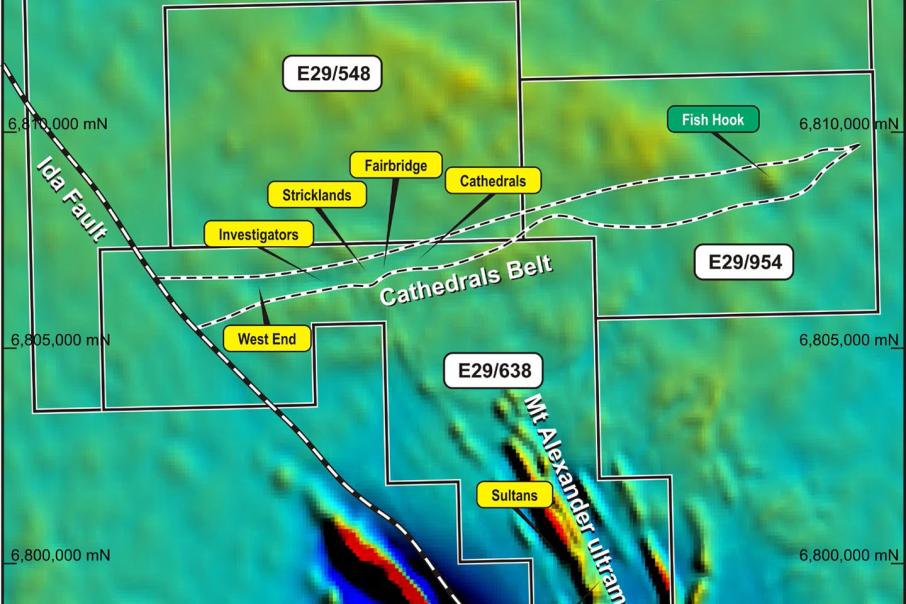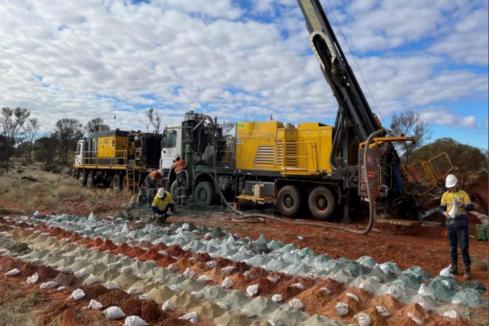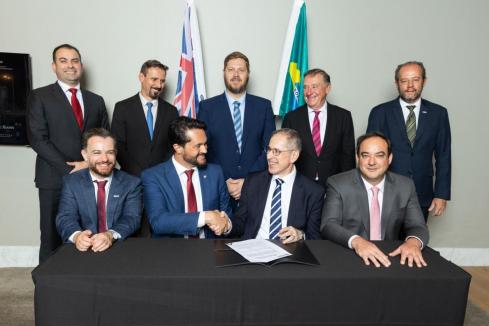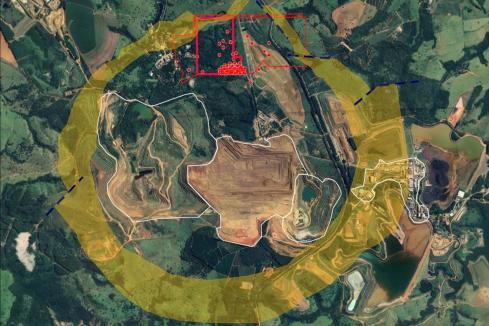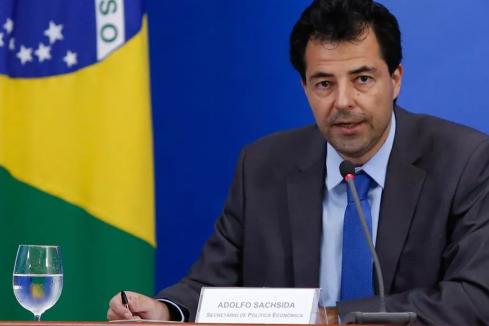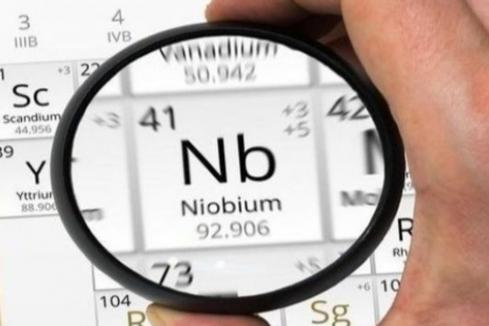St George Mining is poised to start drilling 42 new electromagnetic conductors that have been identified by downhole surveys at its flagship Mt Alexander base metals project near Leonora in the Goldfields region of WA.
Notably, the highest priority targets are located away from defined zones of nickel-copper sulphides and could significantly extend the mineralised ore system in the Cathedrals Belt.
Other conductors to be drilled are adjacent to, or down-plunge of, existing nickel-copper sulphide intersections and therefore classified as infill targets.
The company will also test the large conductive area identified to the north of Investigators that could host a repetition or continuation of that deposit’s defined high-grade sulphide mineralisation.
Management said that all electromagnetic conductors drilled to date had been confirmed as nickel-copper sulphides, giving the company a high level of confidence in the new targets.
About 6,000 metres of drilling will be carried out starting this month, with additional metres to be added as further targets are prioritised for drilling.
Executive Chairman John Prineas said: “Drilling will start shortly at Mt Alexander with a targeted programme to scope out the scale of the discoveries in the Cathedrals Belt and to accelerate resource definition.”
“The sheer number of EM conductors to be drilled in the Cathedrals Belt reflects the large scale of the mineral system at Mt Alexander, and its potential to host substantial strike lengths of mineralisation.”
“In addition to the new EM conductors, we will drill some deep holes at Fairbridge to test for the source of the many nickel-copper gossans at surface.”
Recent drilling at the Investigators prospect of Mt Alexander confirmed the continuity of mineralisation down-dip with assays returning 10 metres grading 2.47% nickel, 1.06% copper, 0.07% cobalt and 2.52 grams per tonne platinum group elements, or “PGE”, from 142m down-hole.






